For those of you who read my column last month on keeping the fires lit, I find it ironic that I find myself telling you about another engine failure that happened since then. Perhaps I shouldn’t write about engine failures? But it did happen, and my thoughts are to share the experience and decision-making with you.
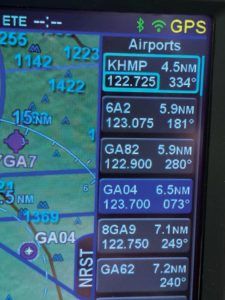 This failure was of the Jacobs radial engine in my Stearman. It’s my favorite airplane in which to share aviation, and I’ve introduced many a person to flying in the Stearman. It was Father’s Day weekend, and I had given three rides on Friday evening, two more on Saturday, and lunch with Carol at Alexander Memorial Airport (formerly Peach State Aerodrome) on Saturday afternoon. On Sunday morning, I decided I would just go enjoy a short flight by myself and perhaps even fly over the Peach State Father’s Day event with a smoke pass. Summer morning flights in the Stearman are really comfortable—the air has not yet been superheated, the ride is smooth, and the visibility is great. No doubt about it, the Stearman is like riding a motorcycle through the sky, and flying solo once in a while is a great treat for me.
This failure was of the Jacobs radial engine in my Stearman. It’s my favorite airplane in which to share aviation, and I’ve introduced many a person to flying in the Stearman. It was Father’s Day weekend, and I had given three rides on Friday evening, two more on Saturday, and lunch with Carol at Alexander Memorial Airport (formerly Peach State Aerodrome) on Saturday afternoon. On Sunday morning, I decided I would just go enjoy a short flight by myself and perhaps even fly over the Peach State Father’s Day event with a smoke pass. Summer morning flights in the Stearman are really comfortable—the air has not yet been superheated, the ride is smooth, and the visibility is great. No doubt about it, the Stearman is like riding a motorcycle through the sky, and flying solo once in a while is a great treat for me.
Preflight was normal, including my routine of pulling the prop through 14 blades, which ensures there is no oil in the lower cylinders capable of producing a hydraulic lock when the starter is engaged, the results of which could be catastrophic. Pulling through seven blades is really all that is required, as that is two complete revolutions of the engine and ensures every cylinder is pulled through a compression cycle. No harm being extra cautious with a very expensive engine, especially since it is the only one on the airplane!
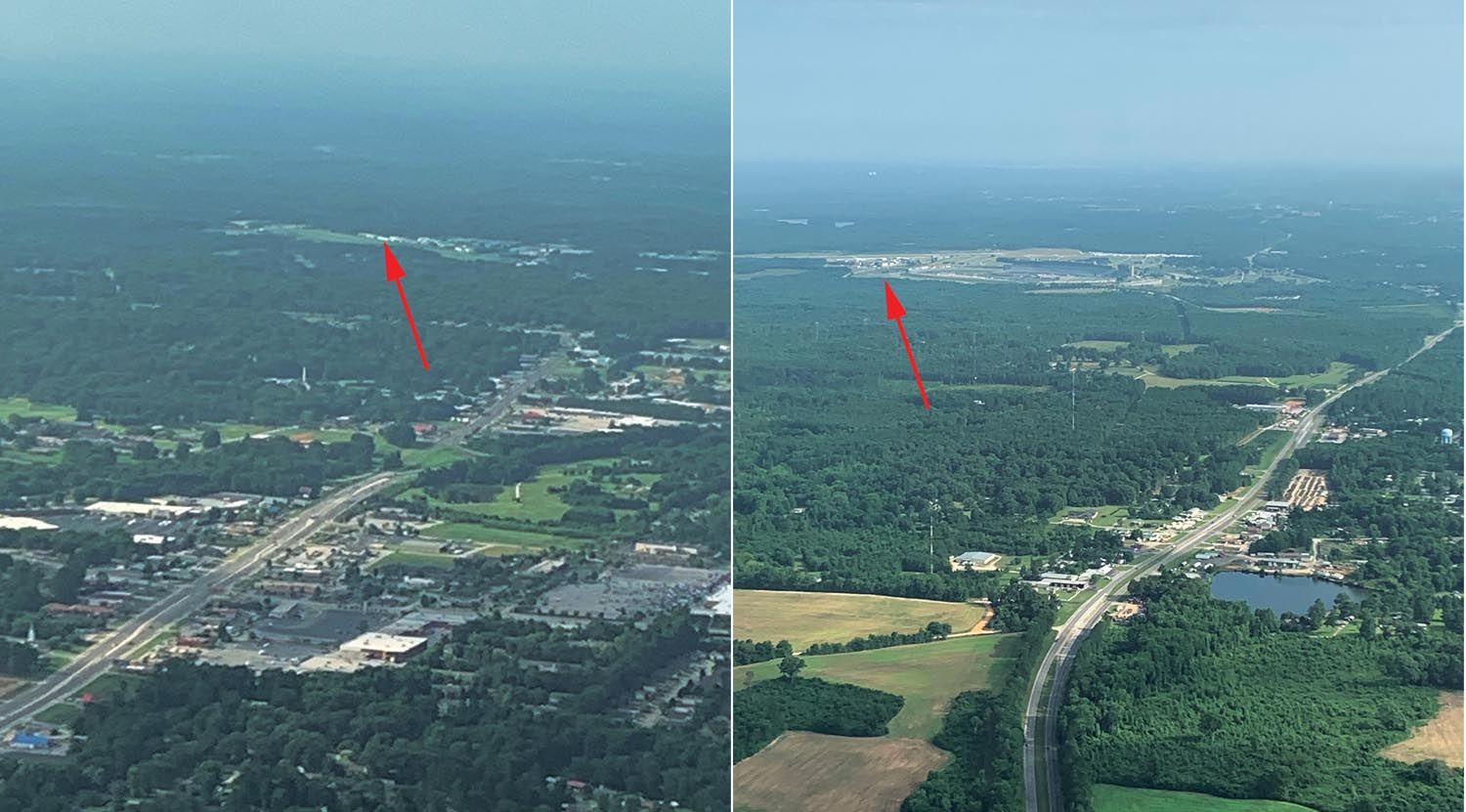
Takeoff was normal, and I climbed to 2500 feet msl, which put me 1700 feet agl, my normal cruising altitude in the Stearman. The temperature was comfortable, and I leveled off and adjusted the throttle and prop for 20 inches MAP and 1950 rpm, the recommended book cruising setting. From the downloaded JPI 830 engine data, that was about 4 minutes after takeoff. I then started a slight turn to the left and set a course for Alexander Memorial. Three minutes later, just as I was starting to enjoy the flight, the engine dropped power to about 1800 rpm and got a little rough. My initial thought was that it was acting as if it was out of fuel, yet I knew I had more than a half-full tank when I departed.
Air, fuel, spark, right? Aviate first! Having just set a course to Alexander Memorial, I knew exactly where I was, and I wasn’t real excited about it. I was pretty much equidistant from three airports, one 90 degrees off the left, one 90 degrees off the right, and home base right behind me. Griffin (6A2), off to the left, was heavily populated with shopping areas, a heavily traveled highway, and not many open fields between me and it. Henry County (KHMP), off to the right, had some open fields, including one grass runway that had been plowed under. All of my tools were, of course, at home base, and it was a very strong urge to turn back to there. However, there were stores and electrical wires very close to the final approach, making a short landing very dicey, so I stopped the right turn with Henry County on the nose and never waivered from that decision. The VSI was showing 400 fpm down, and I figured I could make it.
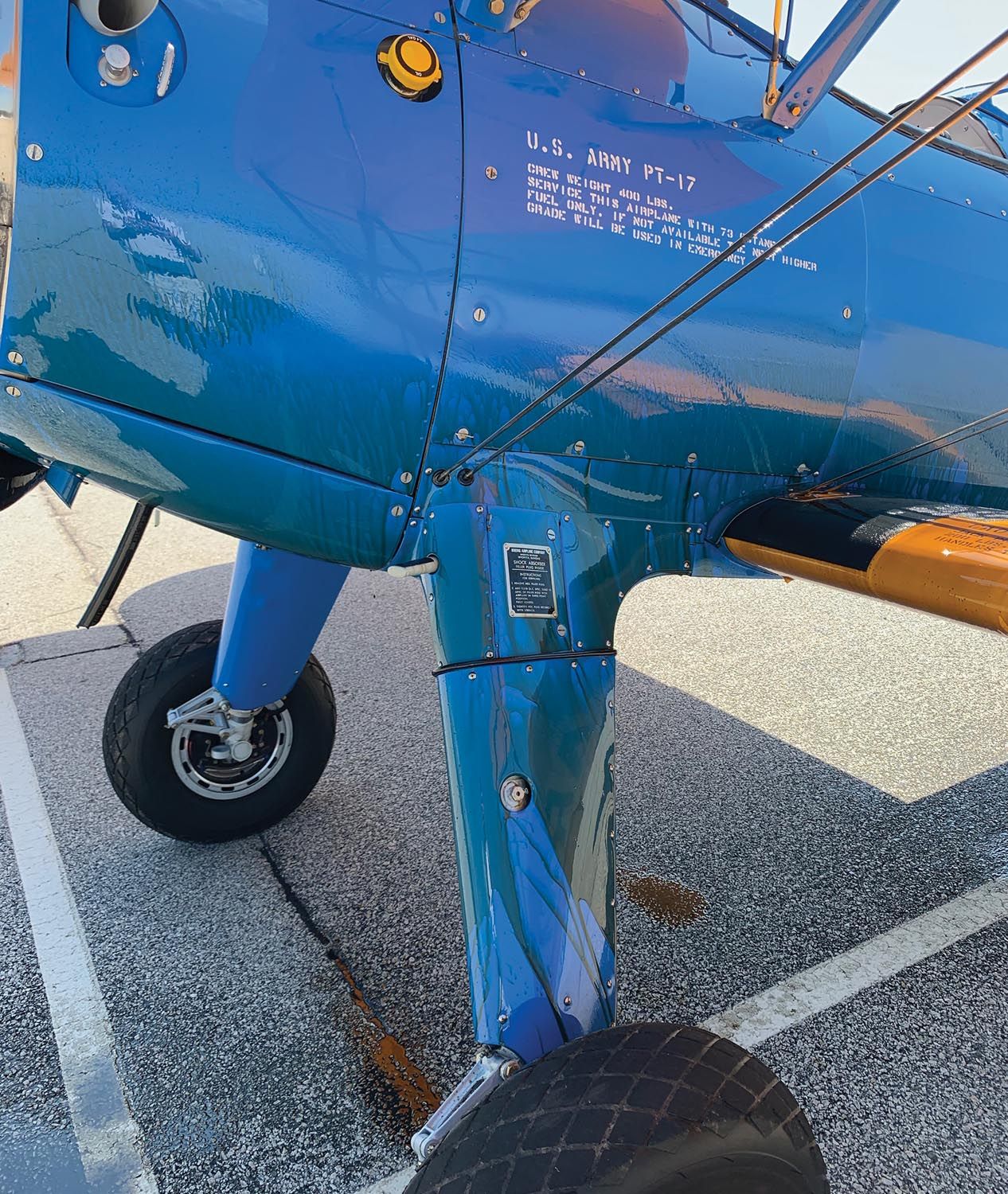
Shakey Jake
Now that I had a destination picked out, it was time to manage the engine, which by now was shaking quite a bit. I quickly glanced at the fuel gauge, which is kind of hard to miss in a Stearman as it is hanging right underneath the top wing. Yep, it showed more than half. Fuel valve was still on. I do know a carburetor with a stuck/sunken float can make an engine run way too rich, and the proper action is to lean the mixture, which I did to no avail. A quick cycle of the ignition switches had no effect, and I only moved the prop and throttle a small amount to see if there would be any impact. There was none, so I knew I had a serious engine problem.
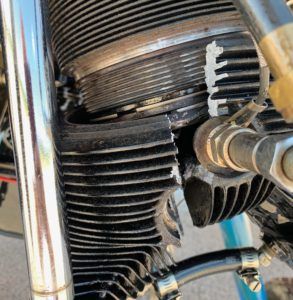
The Stearman is a very high-drag airplane. It has 15 more hp than my RV-10, weighs almost 800 pounds less at gross weight, yet it flies about 65 knots slower. There is a joke about throwing a brick out of the Stearman if you have an engine failure to help locate your landing spot. I wasn’t quite in dire straits yet, as the engine was making some power, so I concentrated on managing airspeed and keeping the VSI at 400 fpm. I estimated the airport at 4 miles, and some quick head math told me I should make it if the engine didn’t seize. I assure you the oil pressure was constantly in my scan until short final.

I had at least 10 fields picked out in which to land between the initial malfunction and the actual touchdown, and passing each one of them was quite triumphant for me! Interestingly, Alexander Memorial and Henry County were on the same Unicom frequency, so I didn’t have to manage the radio. I did hear a Diamond aircraft announce final, and I soon saw that it would get to the runway first, and since he announced a touch-n-go, I counted on him being out of the way, or else I would land in the grass between the runway and taxiway.
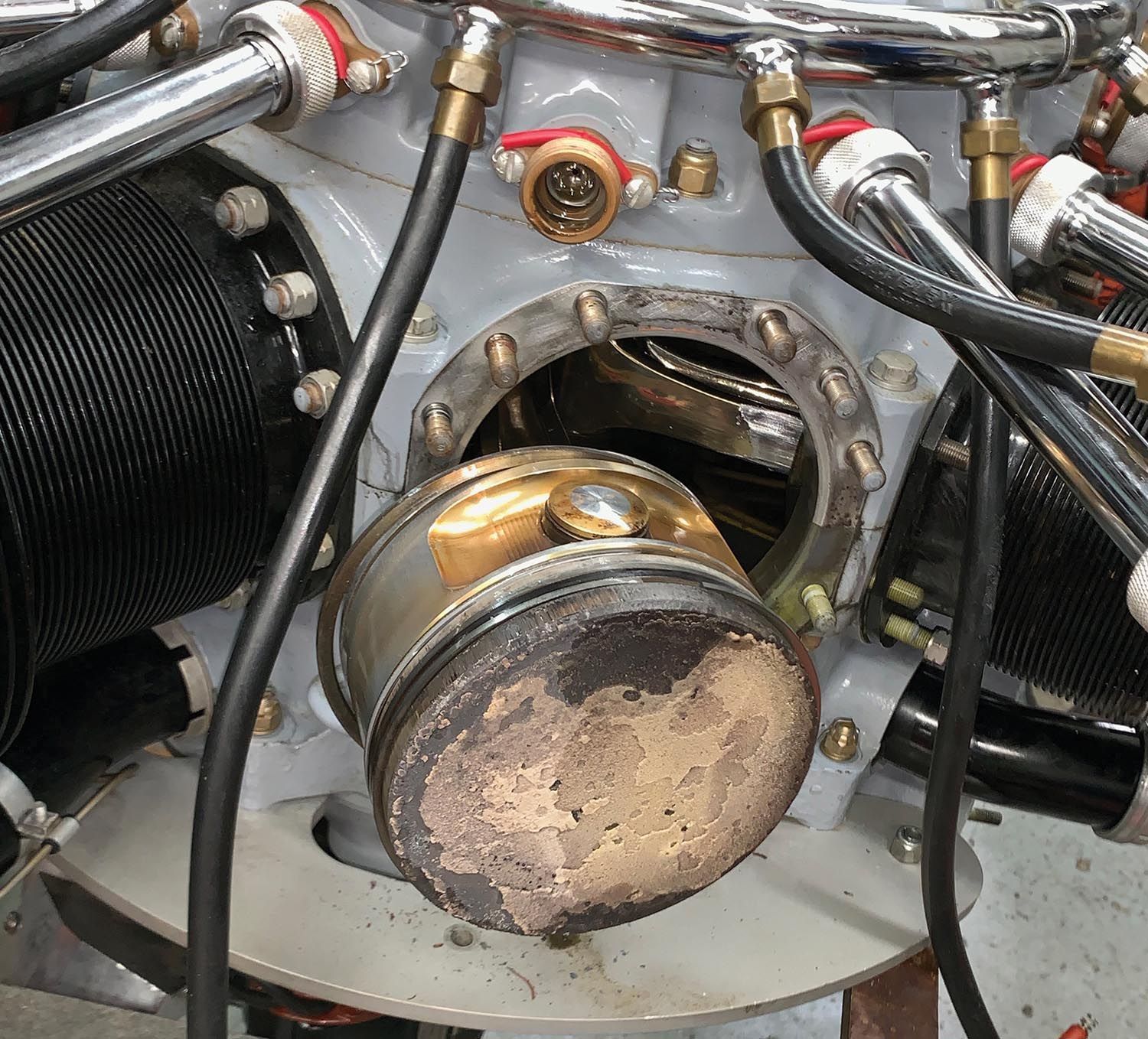
I ended up on a close-in left base for Runway 24. Once I saw I had the runway made, I quit looking at the oil pressure and pulled the throttle back to idle on short final. The engine was really making some clanging noises now, which were very loud—so loud in fact that I don’t think I heard the exhaust at all. I made an uneventful wheel landing right on the numbers, and my guess would be that, unless anyone heard the clanging, it all probably looked normal. In fact, I had enough power at idle to taxi off the runway onto the apron. A quick glance at the JPI 830 showed two cylinders still firing, but just as I rolled into the parking spot, the engine came to an abrupt stop.
Slip ’n Slide
As I mentioned, it probably looked normal to anyone watching. I hadn’t bothered with an emergency radio call as no one on the ground could help me anyway, I wasn’t in communication with ATC, and I had the field made with no interference. The next part probably looked hilarious to anyone watching, but not from my perspective. I secured all the engine controls and electrical switches, stepped out onto the wing, then promptly fell off of the wing and onto the ramp! That really hurt. What I hadn’t noticed is that the entire left side of the fuselage and left wing were covered in oil. In fact, the whole bottom of the airplane was dripping a substantial amount of oil onto the ramp. I had a pretty good view of this from my prone position on the ground.
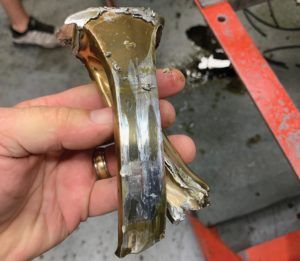
I managed to get up and couldn’t find anything broken on myself, and walked around to the front of the airplane. The first thing I noticed as I got to the wingtip was that the cylinder interconnect oil drain hoses on cylinder 5 were disconnected, and oil was pouring out of them. No way, I thought! I had just replaced all of those hoses on Friday night, and I knew they were properly secured and tight. Actually, they are a real bear to get on and off, and I couldn’t imagine one coming off by itself. However, I am thinking this is my fault. It was then that I noticed the cylinder head on number 5 cylinder was actually in two pieces, separated from the cylinder barrel, and only attached by the ignition wires. Even the piston was clearly visible. I felt some relief that I hadn’t caused the failure by some shoddy workmanship.

I tried turning the prop, but it would only turn a little bit in each direction, and I noticed that the piston did not move at all, which meant the connecting rod probably wasn’t connected anymore. A quick check of the oil tank revealed nothing on the dipstick, so I assume I ran out of oil pressure somewhere on short final. We all joke about a little bit of oil looking like a huge leak when it gets on the airplane. Here I was looking at about 4.5 gallons of oil all over my beautiful Stearman. A quick call home and family was soon on the way to help clean it up, but I bet the airframe will leak oil for a very long time.
Aftermath
We all train for emergencies and, of course, wonder how we will do when the real McCoy happens. This one worked out OK, with no scratches on the airplane or myself, except for the bruises from falling off the wing. That doesn’t stop the second guessing though. It is very annoying now that the Stearman is at an airport other than my home base, but at least it is hangared, courtesy of a good friend, Delta captain, and fellow RV driver, Glen Fink. I realized later that night that staying the course to Henry County once I made that decision was probably one of the best decisions I’ve made. It turns out home base was 2 miles farther, and while 2 miles doesn’t look like much in the air, I landed on the numbers at Henry County with not a lot of energy to spare. I never would have made the extra 2 miles. I am thankful I stuck with my original decision.
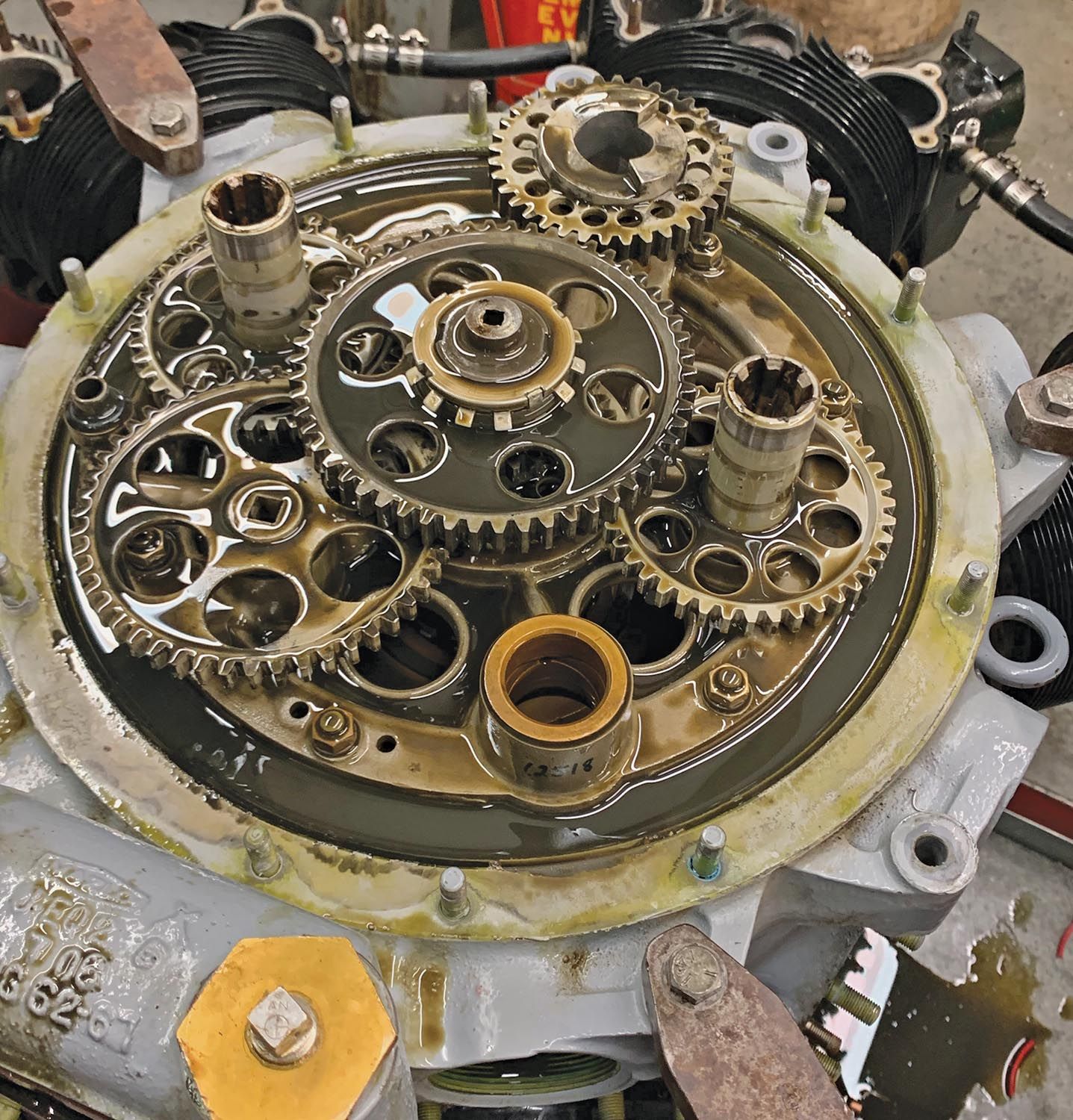
Once I removed the engine, Carol and I drove it to Air Repair in Mississippi, where the airplane and engine were built by Pete Jones and his team. Pete also holds the STC for the Jacobs engine and was just as curious as I was as to what precipitated the failure, and he even said I could watch the teardown. Boy that teardown was a revelation! None of the cylinders could be removed, and finally one was cut off with a torch. The connecting rod for number 5 cylinder looked mangled beyond belief, and the internal damage to the engine from all of the pieces floundering around pretty much destroyed the engine. There is some speculation that in the past (I am the third owner) there was a hydraulic lock on cylinder 5. Jacobs engines have been known to go to TBO with bent connecting rods. I’m upset with myself for not having this engine on an oil analysis program, as it probably would have caught it. I’ve always had my RVs on oil analysis programs, but somehow hadn’t considered the Stearman. You can bet the new engine will be on the program.
Yes, it’s taken a lot of fun out of prime Stearman summer flying, and I am missing the chance to fly with the Veterans and Blue Angels in Pensacola. I now find myself patiently waiting for a new engine, which I get to install in the heat of Atlanta’s summer. Patience isn’t one of my virtues. But at least I am OK, the airplane is OK, and with a new engine, it should be fun again!










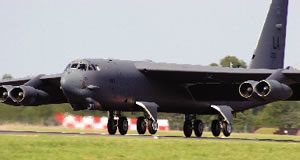

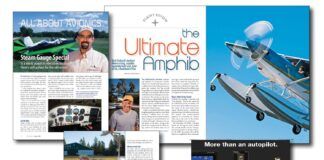
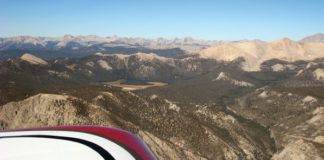
You are fortunate. Most of the landscape looked rather hostile. With new engine you will really know it.
Good luck